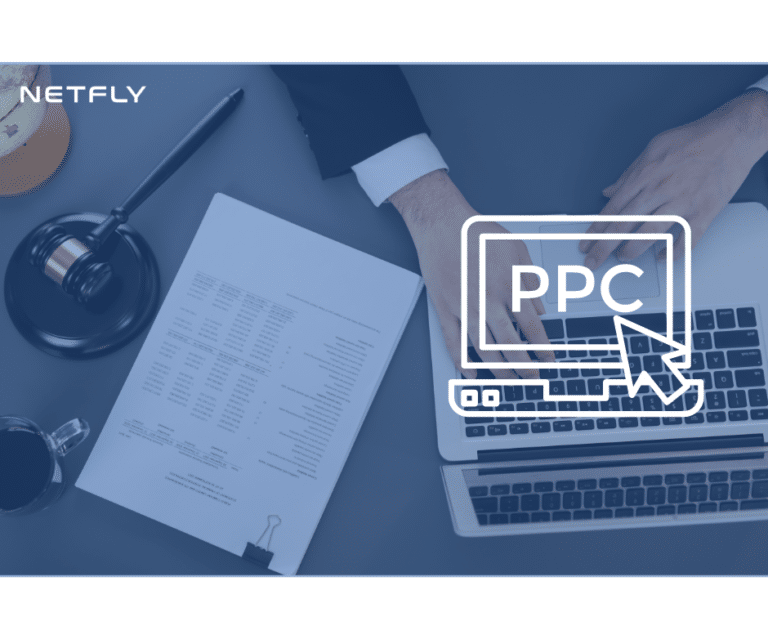Key Takeaways
- Investment Proportional to Ambition:
Your marketing budget should reflect your firm’s size, practice areas, location, and the competitive landscape, but most importantly, it should align with your growth ambitions. - Digital Dominance:
The digital realm, encompassing your website, social media, and online advertising, is where most of your marketing budget should be focused to ensure maximum visibility and engagement. - The Magic Number:
Allocating 2-10% of your revenue to marketing is a common benchmark, but adjust based on your firm’s specific needs and goals. - Content and SEO:
Invest in content marketing and SEO as these are crucial for establishing your authority and improving online findability. - Measure and Adjust:
Leverage analytics to gauge the return on investment of your marketing endeavors, and remain open to refining your strategy in response to insights gleaned from the data.
Introduction
In marketplace of legal services, where every law firm is a lighthouse vying to shine the brightest, how much fuel should you be pouring into your beacon? Marketing, in the wisdom of Seth Godin, is no longer about the stuff you sell but the stories you tell. But in the pragmatic world of law firm management, those stories come with a price tag. So, how do you gauge the cost of illuminating your firm’s narrative in the vast sea of competition?
Understanding the Basics
The Role of Marketing in Law Firms
In today’s digital era, your law firm’s visibility, reputation, and client engagement depend significantly on your marketing efforts. It’s the wind in your sails, propelling you forward, yet many firm owners grapple with how much they should invest in catching the right gusts.
Factors Influencing Your Marketing Budget
Just as various external factors impact the environment, your marketing budget is influenced by different aspects:
- Firm Size: Is your firm a large enterprise or a smaller practice?
- Practice Areas: Do you cover a broad spectrum of law or specialize in specific niches?
- Location: Are you situated in a busy city or a quieter area?
- Competition: Are you the only option available for clients, or one among several in a competitive market?
Budget Benchmarks
Percentage of Revenue
Common lore suggests allocating 2-10% of your revenue to marketing. Like the captain’s share of the treasure, this range can fluctuate based on your firm’s growth stage and ambitions.
Benchmarks by Firm Size
Larger vessels can sometimes afford to spend less proportionally than smaller ones charting their course in uncharted waters. Yet, the investment should always be strategic, aimed at reaching new horizons.
Allocating Your Marketing Budget
Digital Marketing
In the digital age, your compass points towards online presence. From your website to social media, digital channels are often where the battle for visibility is won or lost. The investment? It can range widely but think of it as buying the best maps and instruments for your journey.
Traditional Marketing
Though the winds favor digital, traditional marketing—billboards, print ads, networking events—still has its place. The cost? It’s like investing in sturdy sails for your ship, necessary but complemented by more modern technologies.
Content Marketing and SEO
Your lore and legend—content marketing and SEO—are how you ensure your lighthouse guides clients to your door. Investment here is akin to charting stars for navigation; it’s essential for ensuring you’re found amidst the vast digital ocean.
Measuring ROI
Tracking Your Investment
Use the sextant and compass of the modern age—analytics tools—to measure the effectiveness of your marketing spend. Like navigating by the stars, these tools guide your marketing ship, helping adjust your course as needed.
Adjusting Your Strategy
The sea changes, and so must your strategies. Be prepared to pivot based on what the data shows, investing more in what works and cutting what doesn’t. Flexibility is the hallmark of a seasoned captain.
Cost-Saving Tips
Leveraging Free Tools
In every port, there are tools for the taking if you know where to look. Free or low-cost marketing tools can be found in abundance, offering savvy navigators the means to enhance their marketing without plundering the treasury.
Prioritizing High-ROI Activities
Focus on the trade routes known for their riches. Prioritize marketing activities that offer the highest return, ensuring that every coin spent brings you closer to your treasure—growth and client acquisition.
Conclusion
Determining your law firm’s marketing budget is akin to charting a course through open waters. It requires a keen understanding of where you are, where you wish to go, and the resources you’re willing to commit to the journey. Remember, the sea is vast, and opportunities abound for those willing to set sail with a plan and adapt to the changing tides.
Consider the horizon your own. Review your current marketing spend and adjust your sails based on the guidance shared. And remember, at NETFLY, we’re here to navigate these waters with you. Together, let’s chart a course for success that’s as bold and ambitious as the legal services you offer.
In the style of Seth Godin, this blog post transcends the mere mechanics of marketing budgets, framing the law firm’s journey in a narrative of adventure, navigation, and discovery, encouraging firm owners to invest wisely in their marketing efforts to illuminate their firm’s unique story in the legal marketplace.
FAQ
Q1: How do I know if I’m spending enough on marketing?
A1: Compare your spending to industry benchmarks (2-10% of revenue) and assess whether your current investment aligns with your growth goals. Look at your ROI and adjust if necessary.
Q2: Should a small law firm spend a higher percentage of its revenue on marketing compared to a larger firm?
A2: Often, yes. Smaller firms usually need to invest a higher percentage of their revenue in marketing to build their brand and client base. However, the focus should always be on high-ROI activities.
Q3: How can I track the effectiveness of my marketing spend?
A3: Leverage analytics tools to track website traffic, engagement metrics on social media, conversion rates, and other KPIs related to your marketing goals. Adjust your spending based on these insights.
Q4: Can I reduce my marketing budget if my law firm is well-established?
A4: While established firms might not need to invest as aggressively as newer firms, maintaining a competitive marketing budget is crucial for sustaining visibility, engaging with clients, and fending off competition.
Q5: What’s the most cost-effective marketing strategy for law firms?
A5: Content marketing and SEO typically offer high ROI by attracting organic traffic and establishing your firm’s authority. However, the most effective strategy varies based on your target audience and practice areas.
By understanding these key takeaways and FAQs, law firm owners can better navigate the complexities of allocating a marketing budget that not only supports their firm’s growth but also maximizes return on investment.










